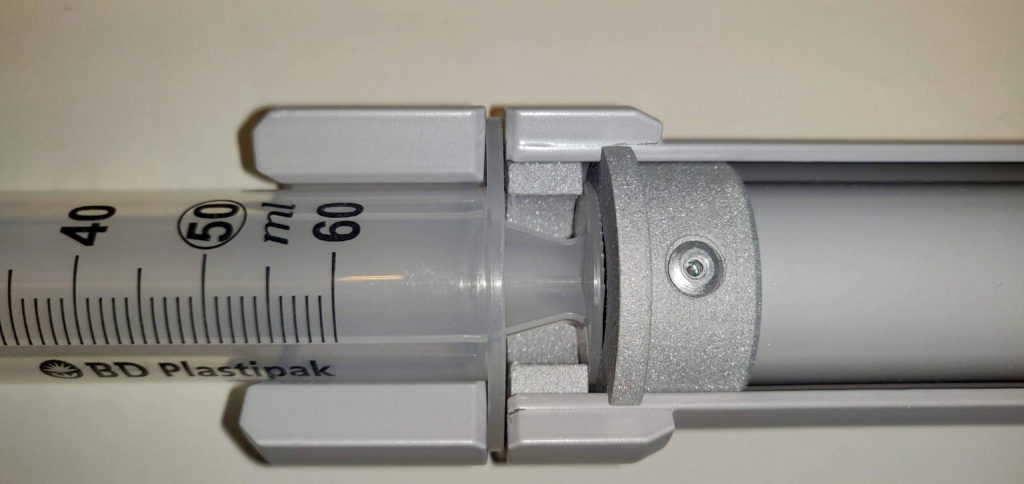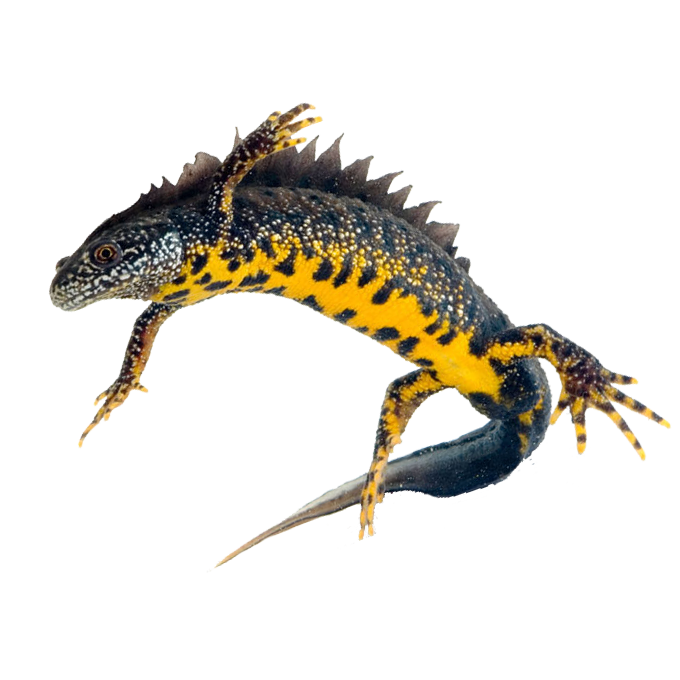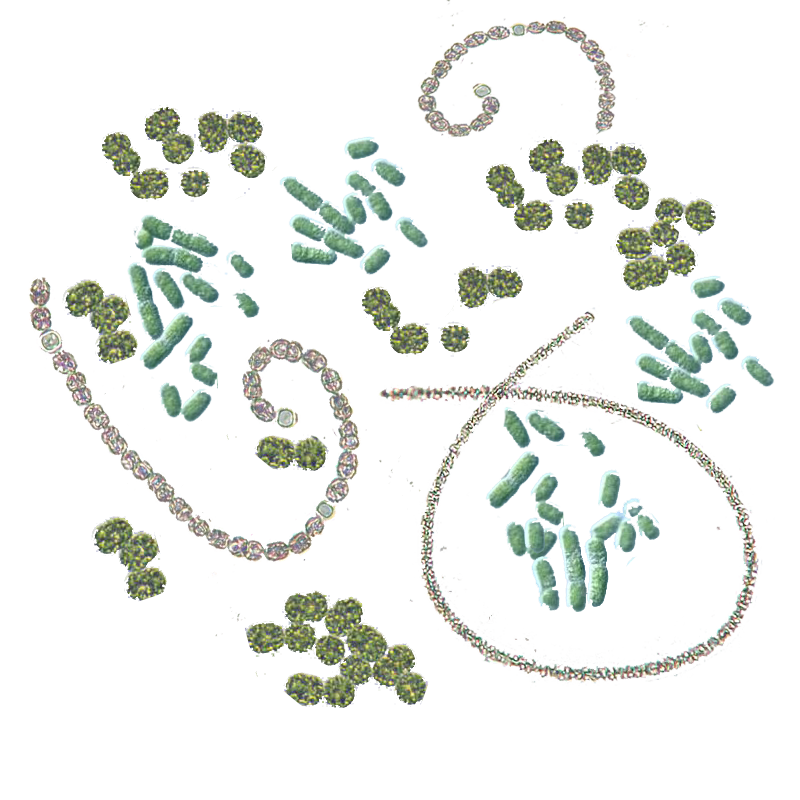A well-designed eDNA sampling strategy is crucial to successful eDNA analysis. With the right approach, success rates of up to 95% are achievable. Sylphium Molecular Ecology provides sampling materials developed in line with the NPR 7394 guidelines, enabling rapid and highly reliable sample collection.

Choosing where to sample is essential to maximize the chance of capturing DNA from the target organism. Always consider the species’ ecology and preferred microhabitats. Detection probability increases when multiple samples are collected at different locations within the same water body. Keep in mind that DNA degrades quickly—at ~20 °C, detectable eDNA can decline within ~48 hours. The full procedure and practical tips are provided in the protocol that accompanies the environmental sampling set.
eDNA sampling strategy
Sylphium’s eDNA analysis is optimized for very high analytical sensitivity (down to a single DNA molecule per analysis). In practice, the sampling strategy has the greatest impact on overall success.
- Minimum volume: Use at least 0.75 L per sample. Because eDNA concentrations in water are low, sufficient volume is critical. If the eDNA Dual Filter Capsule clogs before reaching this volume, use a second capsule; the filters can be combined and analyzed as a single sample in the lab.
- Sampling spacing: Collect a new sample approximately every 300 m along the water body to account for limited eDNA dispersion.
- Sub-sampling: Build each sample from multiple sub-samples. Ideally, take sub-samples every ~10 m along the shoreline to bridge the distance between main sampling points. Sub-samples of 60 mL can be taken with the sampling kit and filtered immediately.
- Target the preferred niche: Sample in microhabitats favored by the species (e.g., vegetation edges, in-/outflows) to maximize detection probability.
- Seasonality: Time your sampling to the species’ life cycle and presence at the site—many species are not detectable year-round.
See the sampling kit manual for more recommendations and detailed instructions.
eDNA sampling kit
The Sylphium Molecular Ecology sampling kit enables active collection and on-site filtration of water samples, minimizing contamination risk while keeping fieldwork lightweight. The kit includes an eDNA Dual Filter and a 60 mL syringe. Attach the filter unit to the syringe and press water through the unit—no vacuum pump required. After adding preservation fluid and sealing the unit with the supplied caps, the sample remains stable for weeks to months without refrigeration. Each filter unit carries a unique sample number for secure identification and can be shipped unrefrigerated to our lab. Kits can be ordered via the webshop; the kit price is deducted from the analysis fee.
Sampling rod



The custom sampling rod helps collect water in hard-to-reach areas (e.g., dense vegetation or steep banks). It securely holds a sterile 60 mL disposable syringe (from the sampling kit), reducing the need for waders, protective suits, boats, or other equipment, and significantly speeding up fieldwork. After use, simply replace the syringe and continue sampling. The rod can be purchased separately via the shop.
Sending samples
After sampling, place the eDNA Dual Filter back into the sampling set bag with its unique sample number and ship it unrefrigerated (registered) via PostNL to:
Sylphium Molecular Ecology
PO Box 11107
9700 CC Groningen
The Netherlands


